Pig farming is a vital industry that is significant in providing meat to meet the growing global demand. However, maintaining comfortable temperature and humidity levels is essential to ensure pigs’ optimal growth and health. High temperatures and humidity levels can cause heat stress in pigs, which can lead to reduced growth rates and even death in extreme cases. As a result, farmers need to have a way to regulate the temperature and humidity levels within their barns. One method that has proven to be effective is evaporative cooling.
Evaporative cooling is a method that uses the principles of thermodynamics to cool the air inside a pig barn. It involves the evaporation of water, which absorbs heat from the surrounding air and cools it down. The cooled air is then circulated within the barn, creating a comfortable environment for the pigs.
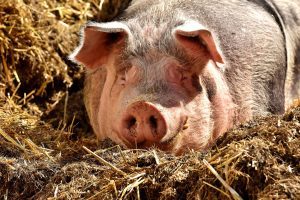

How Evaporative Cooling Works
Evaporative cooling is based on the principles of thermodynamics, which dictate that heat always flows from hotter objects to cooler ones. This means that lowering the temperature of the air inside a pig barn will absorb heat from the pigs and reduce their body temperature.
Evaporative cooling systems use three main components to achieve this: misters, fans, and pads. Misters spray water into the air, which evaporates and absorbs heat from the surrounding air. Fans then circulate the cooled air throughout the barn. Pads are typically placed on one or more barn walls and kept wet by the misters. As air passes through the pads, it is cooled by the evaporation of water.
The process of evaporative cooling starts when water is pumped from a storage tank to the misting system. The misters spray water droplets into the air, which evaporates and absorb heat from the surrounding air. This causes the air to become cooler and more humid.
Next, fans circulate the cooled and humid air throughout the barn. The fans pull in air from the outside and push it through the pads. As the air passes through the wet pads, it is cooled by the evaporation of water. The fans circulate the cooled air throughout the barn, creating a comfortable environment for the pigs.
The pads used in evaporative cooling systems are typically made of a porous material that is designed to hold water. Water flows through the pads and is evaporated by the air passing through them, cooling the air in the process. The pads are typically placed on one or more barn walls and kept wet by the misters.
Benefits of Evaporative Cooling in Pig Farming
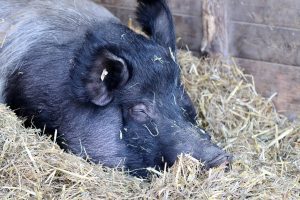

Maintaining comfortable temperature and humidity levels also directly impacts pig health and growth rates. Pigs that are kept in a comfortable environment are more likely to eat well, grow quickly, and have better reproductive performance. In contrast, pigs that are exposed to high temperatures and humidity levels may experience reduced growth rates and increased mortality rates.
Another benefit of evaporative cooling is its cost-effectiveness compared to other cooling methods. For example, air conditioning systems can be expensive to install and operate and may not be practical for large pig barns. In contrast, evaporative cooling systems are relatively inexpensive to install and maintain and can be effective in various barn sizes.
Factors Affecting the Effectiveness of Evaporative Cooling
While evaporative cooling can be an effective method for regulating temperature and humidity levels in pig barns, there are several factors that can impact its effectiveness.
One of the primary factors is humidity levels. Evaporative cooling relies on the evaporation of water to cool the air, and high humidity levels can reduce the effectiveness of this process. In areas with high humidity levels, farmers may need to use additional equipment, such as dehumidifiers or fans, to optimize their evaporative cooling systems.
The climate is another factor that can impact the effectiveness of evaporative cooling. In areas with hot and dry climates, evaporative cooling can be highly effective, as the dry air can absorb more water and cool more quickly. In contrast, areas with high humidity and low temperatures may require additional equipment or strategies to maintain comfortable temperature and humidity levels.
Farmers can optimize their evaporative cooling systems for their specific climate and barn conditions by selecting the appropriate equipment and using proper maintenance and management practices. For example, farmers may need to adjust the misting schedule, install additional fans or pads, or modify the layout of the barn to optimize air circulation.
Other factors that may impact the effectiveness of evaporative cooling include pig density and barn design. High pig densities can increase the heat load in the barn, making it more difficult to maintain comfortable temperature and humidity levels. Additionally, barn design can impact air circulation and the effectiveness of evaporative cooling. Farmers may need to consider factors such as the location and size of vents, the placement of fans and pads, and the orientation of the barn to optimize the effectiveness of their evaporative cooling system.
Best Practices for Implementing Evaporative Cooling Systems in Pig Farming
Implementing an evaporative cooling system in a pig farm requires careful planning and execution. Here are some best practices for installing and maintaining an evaporative cooling system:
Proper Installation: Ensure that the equipment is installed correctly, with proper spacing between fans, pads, and misters. Follow the manufacturer’s recommendations for installation, and ensure that the system is designed to meet the specific needs of the pig barn.
Regular Maintenance: Evaporative cooling systems require regular maintenance to ensure optimal performance. This includes regular cleaning of the fans, pads, and misters to prevent clogging and ensure adequate water flow. Regular system inspections, including checking for leaks or damage, can help identify problems before they become more significant.
Monitoring and Adjustment: Regular monitoring of the temperature and humidity levels in the barn can help farmers adjust the settings on their evaporative cooling systems to optimize performance. Additionally, regular monitoring can help farmers identify potential issues, such as changes in humidity levels, that may require adjustment to the system.
Water Quality: Ensure that the water used in the evaporative cooling system is of good quality and free from contaminants and impurities that can clog the pads and misters. Regular water testing can help to identify potential issues with water quality.
Training and Education: Proper training and education are essential for the successful implementation of an evaporative cooling system. Farmers and staff should be trained on operating and maintaining the system correctly to ensure optimal performance.
System Longevity: Regular cleaning and maintenance can help to prolong the life of the evaporative cooling system. Additionally, farmers should consider the long-term costs and benefits of their system and select equipment that is durable and built to last.
So, How Evaporative Cooling Works in Pig Farming?
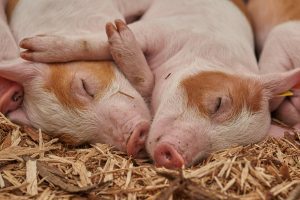

We also examined the benefits of evaporative cooling, factors affecting its effectiveness, and best practices for implementing and maintaining such systems. Optimizing the system for specific climate and barn conditions is crucial, as regular monitoring and adjusting the settings and ensuring proper maintenance promote system longevity and optimal performance.
In conclusion, evaporative cooling systems have significant benefitHn cs for pig health and growth rates, and farmers should consider implementing them in their barns. Doing so can help improve their herd’s well-being, promote growth and productivity, and achieve cost savings in the long run.
How to Design a Modern Pig House in 2023 Read it here

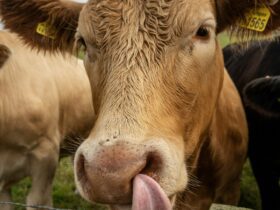
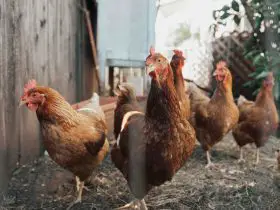

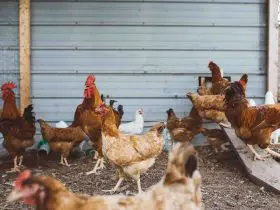

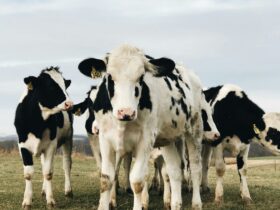
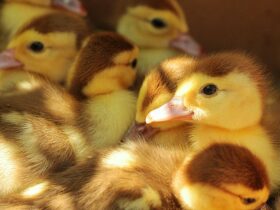
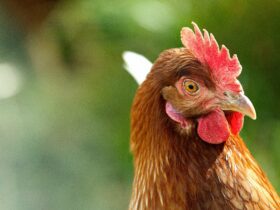
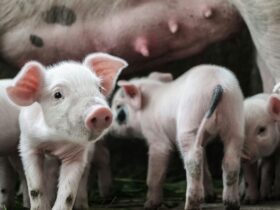

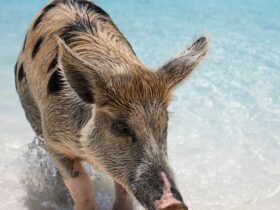
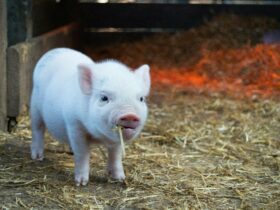

Hello!! Welcome to Anim Farm